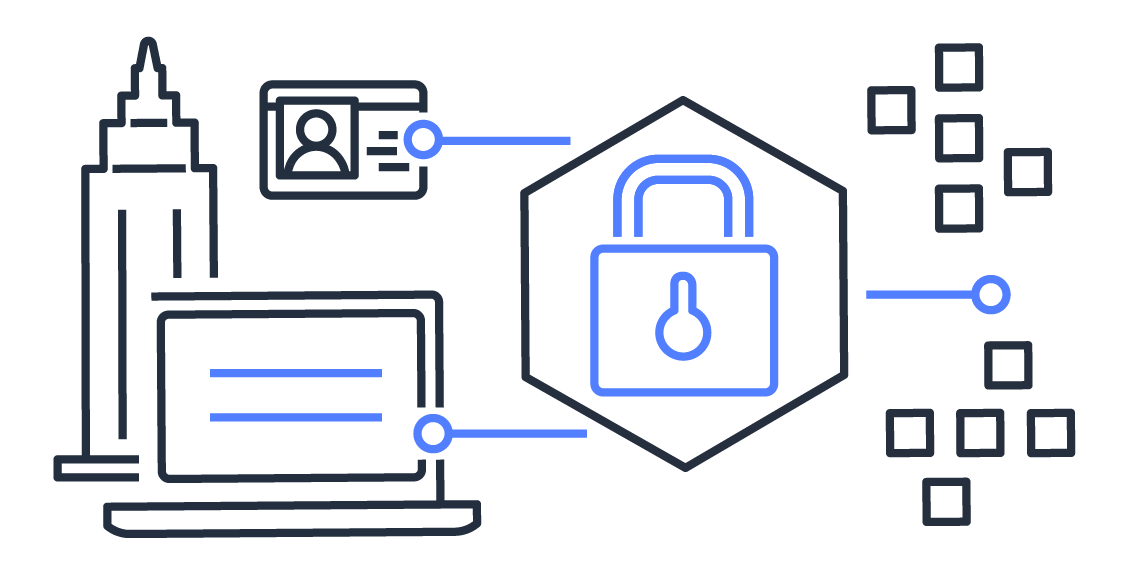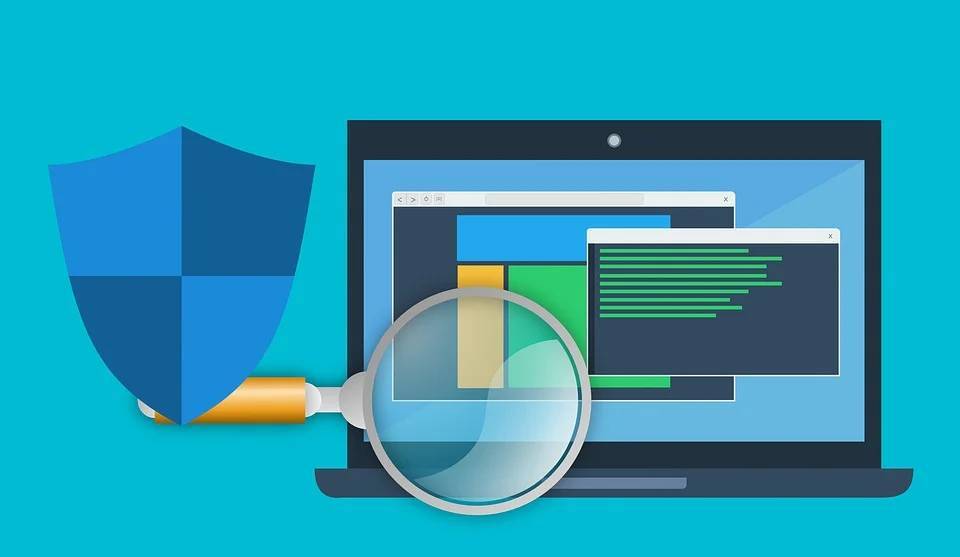AWS is a reliable and comprehensive platform provided by Amazon that includes a mixture of packaged software as a service (SaaS), platform as a service (PaaS), and infrastructure as a service (IaaS) offerings.
Nowadays, IT departments have a much easier time managing their infrastructure thanks to platforms like AWS. However, this led to the rise of new challenges and a need for AWS security. In this article, we’ve rounded up a few security tips to help you keep your data secure in your AWS environments.
1. Identify Information Assets
One of the first things you want to do if you’re looking to implement the best AWS security practices is to identify all the information assets you need to protect, such as applications, application data, code, and users’ data. You should categorize the information assets into the following categories.
- Essential information assets – Information that is critical to the business and internal specific processes.
- Supportive information assets – Assets that support the essential information assets, such as personnel roster, partnerships, hardware infrastructure, and so on.
After you’ve done this, you need to define a cost-effective and efficient approach for securing them from external and internal threats.
2. Scan for Vulnerabilities
Your security infrastructure should be examined for any existing weaknesses. Once this is done, you can prioritize the vulnerabilities and repair them. You can use an AWS cloud security solution to scan your AWS environment and prioritize your cloud security risks.
The nature of the data you have stored online is often prone to cyberattacks so making sure every information you store on the cloud is protected should be your top priority.
3. Use a Strong Password
You and all the other AWS users in your company should use unique and strong passwords. Make sure that the passwords contain various characters, and that they are lengthy.
You might want to require everyone to change their password every few months to prevent hackers from gaining access. By doing this, if a hacker finds your password, they won’t be able to use AWS for long.
Another thing we would recommend when you pick a password is to think of a password that you don’t use anywhere else. Even though it can be quite tempting to use one password everywhere, doing so will increase the chances of hackers acquiring access to your AWS account.
4. Multi-Factor Authentication
To conduct AWS cloud security monitoring, or the practice of uninterruptedly overseeing both physical and virtual servers to analyze data for vulnerabilities and threats, you need to utilize multi-factor authentication (MFA).
When it comes to keeping your accounts safe from unauthorized access, MFA is the most efficient method. It should be enabled for your AWS Identity and Access Management (IAM) users and your root user at all times.
You can implement MFA at the federated identity provider (IdP) and use the existing MFA procedures in your company. For instance, the application may send a code to your phone when you log in to your account. In order to obtain access to your account, you must confirm that you have the phone in your possession by entering the code.
MFA is a great way to protect your data in case someone gets ahold of your login information and password. With MFA, you will have an extra layer of defense against any hacker threats.
5. Back Up Your Data
Backups should be done frequently and regularly. If you don’t create timely backups, you might lose a big portion of data in an unforeseen event such as accidental erasing of data, database corruption, or a natural disaster. Ensure you back up your data and store the copy on a hard drive or in the cloud that you can access.
Keep Track of AWS Accounts
It is recommended for an AWS user to create Identity and Access Management users and give each user security credentials that are unique. Based on your preferences and needs, an IAM user can be an individual, an application, or a certain service that needs access to the resources of your AWS.
Moreover, it is essential to ensure that all of your IAM users have proper permission to access specific resources. By keeping track of AWS accounts, groups and roles, you will aid in solving problems like unauthorized access of data and data leaks.
Final Thoughts
So, there you have it, some AWS security practices and tips to implement for cloud security. Hopefully, it will give you some ideas about how to enhance the security of your AWS environment. Always make sure that you choose the right solutions and threats for keeping your infrastructure free from threats and managing your AWS data.
TechnologyHQ is a platform about business insights, tech, 4IR, digital transformation, AI, Blockchain, Cybersecurity, and social media for businesses.
We manage social media groups with more than 200,000 members with almost 100% engagement.









































